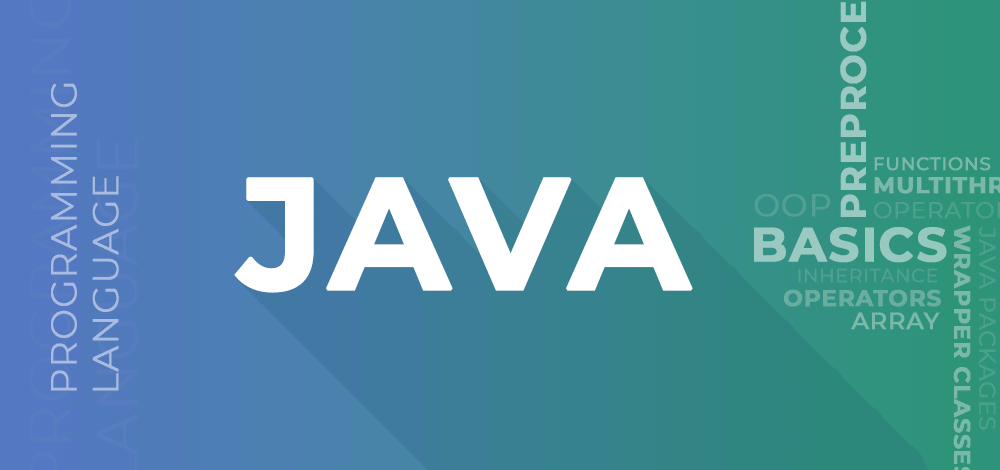When diving deep into Vedic rituals, two terms often surface with great significance—Homam Pooja and Havan. While both are sacred fire rituals rooted in Sanatan Dharma, they hold nuanced differences in purpose, procedure, and symbolism. Understanding these differences not only enhances spiritual clarity but also helps in choosing the right ritual for your needs, whether it’s for prosperity, health, or divine protection.
This guide sheds light on the key differences between Homam Pooja and Havan, while also covering related powerful rituals such as Chandi Havan, Navchandi Yagna, and the role of an online pandit in performing these pujas effortlessly.
What is Homam Pooja?
Homam Pooja is a sacred Vedic fire ritual performed to invoke specific deities for their blessings. The term “Homam” is derived from the Sanskrit root “Hu”, meaning “to offer”. In this pooja, sacred offerings such as ghee, herbs, and grains are poured into the fire while chanting powerful mantras.
Homams are usually prescribed for specific purposes—such as to overcome obstacles, ensure business success, gain wealth, remove doshas, or invoke planetary grace. Popular homams include:
-
Mahalaxmi Homam for wealth and abundance
-
Navagraha Homam for planetary balance
-
Sudarsana Homam for protection and health
-
Chandi Homam for victory over enemies and protection from evil
Each Homam Pooja follows strict Agamic and Vedic rules, usually guided by trained Vedic scholars or online pandits.
What is a Havan?
A Havan is also a sacred fire ritual, but it is more simplified and commonly performed during household functions or community prayers. The core essence of a Havan is the offering of ahutis (oblations) into the fire while chanting Sanskrit shlokas and invoking divine energies.
Havans are often conducted during:
-
Housewarming (Griha Pravesh)
-
Marriage ceremonies
-
Naming ceremonies (Naamkaran)
-
Festivals like Diwali and Navratri
A Chandi Havan, for instance, is performed during Navratri to invoke Goddess Durga and her fierce form Chandi, using the recitation of Durga Saptashati.
Homam Pooja vs. Havan: Core Differences
| Feature | Homam Pooja | Havan |
|---|---|---|
| Vedic Foundation | Based on Agamas and Vedas | Primarily Vedic, but simpler |
| Purpose | Goal-oriented (wealth, health, peace) | More generalized (purification, blessings) |
| Ritual Complexity | Highly elaborate, includes multiple rituals | Comparatively simpler |
| Deities Invoked | Specific (e.g., Lakshmi, Navagraha, Durga) | Broad, often invoking all elements |
| Time & Resources | Time-consuming, requires trained pandits | Can be shorter and simpler |
| Occasions | Astrological remedies, dosha nivarana | Festivals, house events, group pujas |
Chandi Havan: Fierce Protection and Divine Energy
Among the various types of Havans, Chandi Havan is one of the most powerful and potent. It is performed to invoke Goddess Durga in her fierce form—Chandi, to destroy negative energies, enemies, black magic, and evil influences.
The Chandi Havan involves:
-
Reciting 700 verses from Durga Saptashati
-
Offering 108 ahutis with each verse
-
Specific samagri like ghee, honey, neem, and bilva leaves
-
Guided performance by qualified online pandits
This Havan is often suggested during:
-
Ashtami or Navami of Navratri
-
Personal or business protection needs
-
Overcoming long-standing health or legal issues
You can now book pandits online through verified platforms to perform the Chandi Havan with full authenticity.
Navchandi Yagna: A Supreme Vedic Homam
While Chandi Havan is a simplified yet powerful ritual, Navchandi Yagna is a full-scale Homam Pooja invoking the 9 forms of Goddess Durga through rigorous Vedic chanting, yajna, and mantra anusthan. It is one of the grandest rituals in Shakti worship.
Why Perform Navchandi Yagna?
-
To overcome graha doshas and negative planetary effects
-
For long-pending wishes, childbirth, or financial growth
-
During major life transitions like marriage, relocation, or business ventures
-
To counteract black magic, evil eye, or enemy obstruction
Given the complexity of this homam pooja, it is recommended to hire an experienced online pandit or Vedic scholar with expertise in Shakti Tantra and mantra sadhana.
Role of an Online Pandit in Modern Rituals
Gone are the days of searching for a pandit by word-of-mouth. Now, thanks to digital platforms, you can easily book online pandits to perform Homam Pooja, Havans, and Navchandi Yagnas as per authentic procedures, from the comfort of your home.
Benefits of booking an online pandit:
-
Verified expertise in Vedic rituals
-
Use of authentic samagri
-
Flexibility in timing and location
-
Affordable ritual packages
-
Live-streaming of the rituals
Many portals also provide free consultation to recommend the most suitable pooja based on your Kundali or current life situation.
When Should You Perform Homam Pooja or Havan?
Understanding the timing and context of these rituals is essential. Here are some use cases:
Choose Homam Pooja when:
-
Facing business or career challenges
-
Experiencing health issues or doshas
-
You need astrological remedies
-
You seek prosperity, wealth, and growth
Choose Havan when:
-
There’s a festive celebration
-
You want to purify your space or aura
-
Performing Griha Pravesh, Naamkaran, or Vivah
-
You’re participating in community rituals
Conclusion
Both Homam Pooja and Havan are gateways to divine connection through fire. While Homam Pooja is deeper, more intense, and ritual-specific, Havan brings daily spiritual cleansing and collective blessings. Whether you choose a Chandi Havan for Durga’s protection or a Navchandi Yagna for full-scale blessings, both carry immense spiritual power.
With the rising availability of online pandits, you can now access these ancient rituals authentically and effortlessly, tailored to your personal or astrological needs.


